Advertisement
Questionnaires measure functional status in acute care
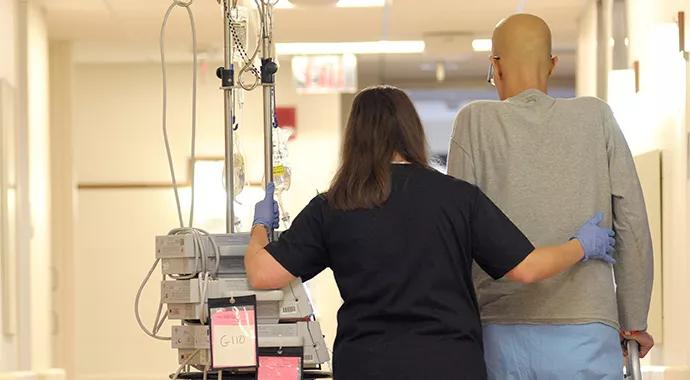
By Vinoth K. Ranganathan, MSE, MBA; Mary Stilphen, PT, DPT; and Frederick S. Frost, MD
Advertisement
Cleveland Clinic is a non-profit academic medical center. Advertising on our site helps support our mission. We do not endorse non-Cleveland Clinic products or services. Policy
Since 2011, rehabilitation professionals across Cleveland Clinic’s health system have systematically employed 6 Clicks, a pair of electronically administered questionnaires designed to measure the functional status of patients in the acute care hospital. Hospital systems across the United States have embraced the device as a means of rationalizing therapy delivery and improving patient-centered discharge planning.
6 Clicks, conceived and designed at Cleveland Clinic in collaboration with Boston University’s Rehabilitation Outcomes Center, is named for the six questions in two outcomes measurement tools that standardize the assessment of hospitalized patients’ mobility and self-care abilities. To date, Cleveland Clinic staff have logged more than a half million outcomes measurements.
This screening instrument helps determine appropriate patient referrals for physical and/or occupational therapy, aids in discharge planning and improves allocation of treatment resources and personnel. This contributes to a reduction in hospital therapy costs while maintaining quality.
6 Clicks’ queries are derived from the Activity Measure for Post Acute Care (AM-PAC™), a comprehensive set of patient outcome measures developed by Boston University researchers.
6 Clicks’ questions address a patient’s ability to turn in bed, sit, transfer from bed to chair, stand, walk, eat, dress, bathe, perform personal care and use the bathroom. The questions can be answered by a patient or a surrogate and are scored from 1 to 4 by physical or occupational therapists using direct observation of the activity in question or the therapist’s clinical judgment about the patient’s probable ability. The scores are entered into the patient’s electronic medical record and kept as discrete data fields.
Our experience to date with 6 Clicks in more than 577,198 patients has produced a number of insights. The tool has:
• Increased productivity without sacrificing clinical care. We have reduced unnecessary physical therapy visits and as a result have been able to reposition resources, including an increased physical therapy presence in the intensive care unit, enabling earlier intervention.
• Streamlined the patient discharge process through early identification of discharge disposition to long-term acute care, skilled nursing facility, inpatient rehabilitation facility or home.
• Helped educate physicians and nurses about which patients are appropriate referrals for physical and/or occupational therapy.
• Nurtured a “culture of mobility” among the nursing staff by providing guidance on which patients can ambulate without a physical therapist present. Patients with a 6 Clicks score of 18 or above need only minimal help with activities, and the nursing team is tasked with mobilizing them before consulting physical therapy.
Two studies published in 20141,2 have validated 6 Clicks’ accuracy in predicting patients’ need for therapy in the acute care setting and in predicting the appropriate discharge setting. A third study3 verified the interrater reliability of 6 Clicks’ measures. The research was a collaboration involving Cleveland Clinic, Boston University and the University of Vermont.
We confirmed the validity of 6 Clicks’ basic mobility and daily activities scores in assessing the activity limitations of patients with a wide variety of medical and surgical conditions in an acute care setting. We also found that 6 Clicks scores derived from the initial physical therapy and occupational therapy visits showed fair accuracy in determining patients’ discharge destination. Finally, using pairs of physical and occupational therapists rating the same patients and blinded to each others’ 6 Clicks scores, we found that overall intraclass correlation coefficients were very high, with levels of agreement that varied across the pairs of raters, from large to nearly perfect for physical therapists and from moderate to nearly perfect for occupational therapists.
Advertisement
Taken together, the findings further verify 6 Clicks’ ability to provide valuable guidance in rehabilitation patient care and resource allocation decisions.
In the future, we hope to validate the use of 6 Clicks by nursing personnel and other members of the medical team.
PT = physical therapy; SNF = skilled nursing facility; IRF = inpatient rehabilitation facility; LTAC = long term acute care
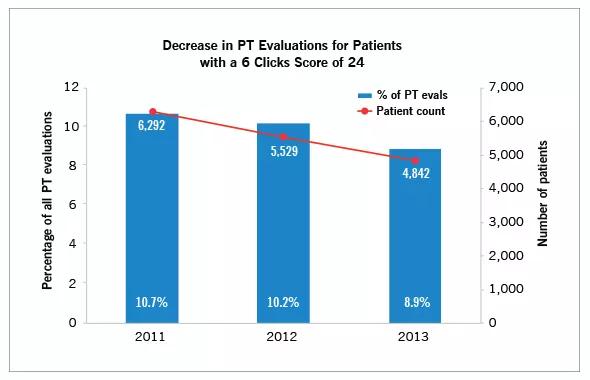
SNF = skilled nursing facility; IRF = inpatient rehabilitation facility; LTAC = long term acute care
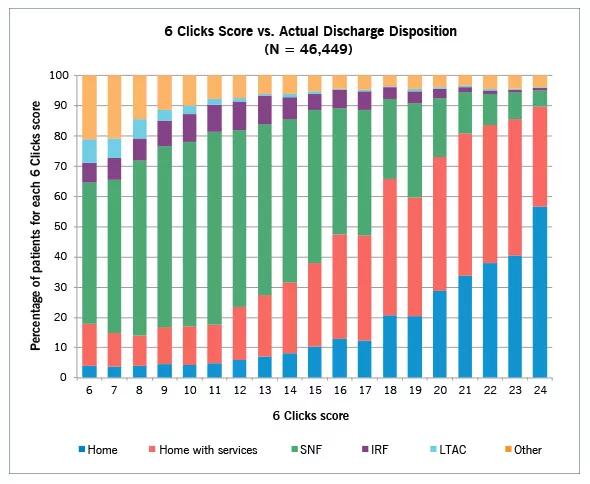
SNF = skilled nursing facility; IRF = inpatient rehabilitation facility; LTAC = long term acute care
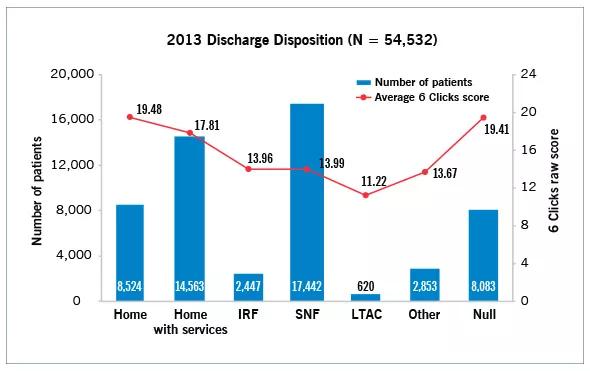
Mr. Ranganathan is a Senior Project Manager in Cleveland Clinic’s Department of Physical Medicine and Rehabilitation. Ms. Stilphen is Senior Director, Rehabilitation Services, in the Department of Physical Medicine and Rehabilitation. Dr. Frost is Chairman of the Department of Physical Medicine and Rehabilitation and Executive Director of Cleveland Clinic Rehabilitation and Sports Therapy.
1. Jette DU, Stilphen M, Ranganathan VK, Passek SD, Frost FS, Jette AM. AM-PAC “6-Clicks” Functional Assessment Scores Predict Acute Care Hospital Discharge Destination. Phys Ther. 2014 Apr 24. [Epub ahead of print]
2. Jette DU, Stilphen M, Ranganathan VK, Passek SD, Frost FS, Jette AM. Validity of the AM-PAC “6-Clicks” inpatient daily activity and basic mobility short forms. Phys Ther. 2014; 94(3):379-391.
3. Jette DU, Stilphen M, Ranganathan VK, Passek SD, Frost FS, Jette AM. Inter-rater Reliability of ‘AM-PAC 6-Clicks’ Basic Mobility and Daily Activity Short Forms. Phys Ther. [In press]
Advertisement
Advertisement
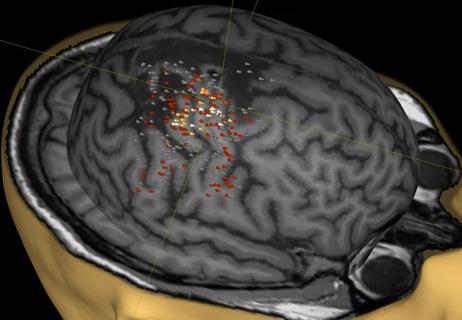
A noninvasive approach to map eloquent areas before surgery
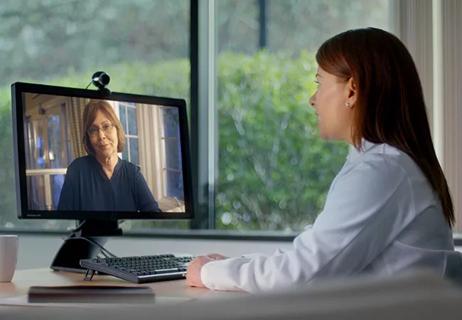
Physician reimbursement policy experts join forces with IT and coders to enable digital transformation

Minority Stroke Program focuses on outreach to racial and ethnic minority communities
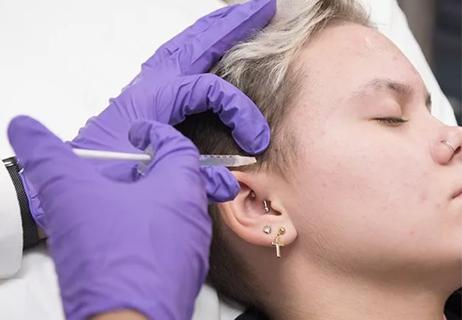
Excellent response seen with ongoing use in patients as young as 11

Q&A with a psychiatrist in Cleveland Clinic’s Transgender Surgery and Medicine Program
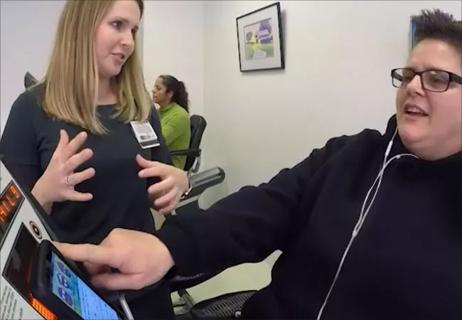
Time constraints, language barriers, substance misuse, mood disorders targeted for improvements

Project draws $1.6M to leverage telemedicine to create medical home, ease transition to adult care
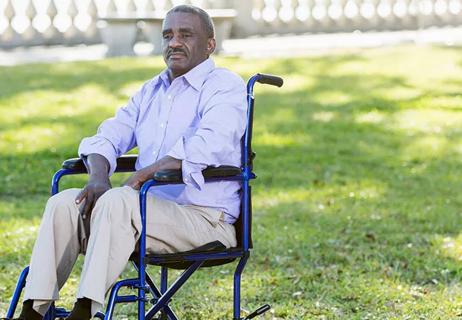
Comorbid depression is only one of the likely warning signs